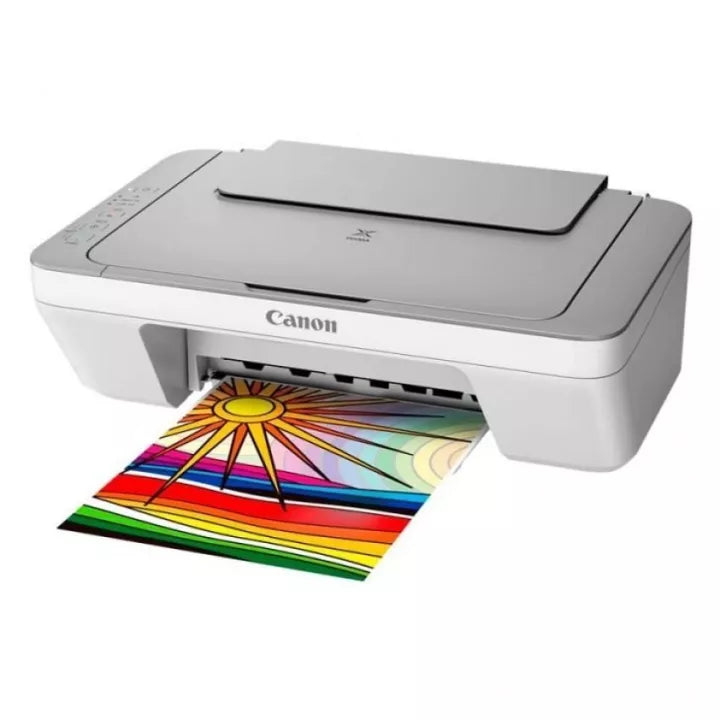When it comes to maintaining the freshness and longevity of your vegetables, proper storage techniques are paramount. While many people are aware of the importance of refrigeration and humidity control, fewer understand the intricate relationships between different types of vegetables and how they can affect each other’s shelf life. This article delves into the science of vegetable storage, specifically focusing on which vegetables should not be stored together to prevent spoilage and preserve flavor.
Understanding Ethylene Gas
At the heart of the vegetable storage conundrum is ethylene gas, a natural plant hormone produced by certain fruits and vegetables as they ripen. Ethylene plays a crucial role in the ripening process, but when sensitive vegetables are exposed to it, they can spoil prematurely. Understanding which vegetables are ethylene producers and which are ethylene-sensitive is essential for optimal storage.
Ethylene Producers
Some common vegetables and fruits that produce ethylene include:
- Tomatoes: These are notorious for their ethylene production, which can hasten the ripening of nearby produce.
- Avocados: Similar to tomatoes, avocados release significant amounts of ethylene, especially as they ripen.
- Bananas: Often stored in fruit bowls, bananas emit ethylene that can affect nearby vegetables.
- Peaches and Pears: These fruits are also high ethylene producers and can influence the freshness of vegetables stored nearby.
Ethylene-Sensitive Vegetables
On the other hand, certain vegetables are particularly sensitive to ethylene and can deteriorate quickly when exposed to it. These include:
- Leafy Greens: Spinach, lettuce, and kale can wilt and spoil rapidly when exposed to ethylene.
- Cucumbers: These can develop off-flavors and become mushy if stored near ethylene-producing fruits.
- Broccoli: Exposure to ethylene can lead to yellowing and a decline in quality.
- Carrots: Ethylene can cause carrots to become bitter and lose their crispness.
The Storage Guidelines
To maximize the shelf life of your vegetables, consider the following storage guidelines:
- Separate Storage: Always store ethylene-producing fruits and vegetables away from ethylene-sensitive ones. For example, keep tomatoes and avocados in a separate compartment from leafy greens and cucumbers.
- Use Breathable Bags: Store vegetables in breathable bags or containers that allow for air circulation. This helps to reduce moisture buildup, which can lead to spoilage.
- Temperature Control: Maintain an optimal temperature for storage. Most vegetables thrive at temperatures between 32°F and 40°F (0°C to 4°C). However, some, like tomatoes, should be stored at room temperature to preserve their flavor.
- Regular Inspection: Check your stored vegetables regularly for signs of spoilage. Remove any affected items immediately to prevent the spread of decay to other produce.
- Utilize Crisper Drawers: Many refrigerators come equipped with crisper drawers designed to control humidity levels. Use these drawers to store vegetables that require higher humidity, such as leafy greens, while keeping ethylene producers in a separate area.
Conclusion
Understanding the interactions between different vegetables and their ethylene production is crucial for anyone looking to extend the shelf life of their produce. By following the guidelines outlined in this article, you can create an optimal storage environment that minimizes spoilage and maximizes flavor. Remember, the key to a successful vegetable storage strategy lies in knowing which vegetables not to store together. By implementing these practices, you can enjoy fresher, tastier vegetables for longer periods, reducing waste and enhancing your culinary experiences.


